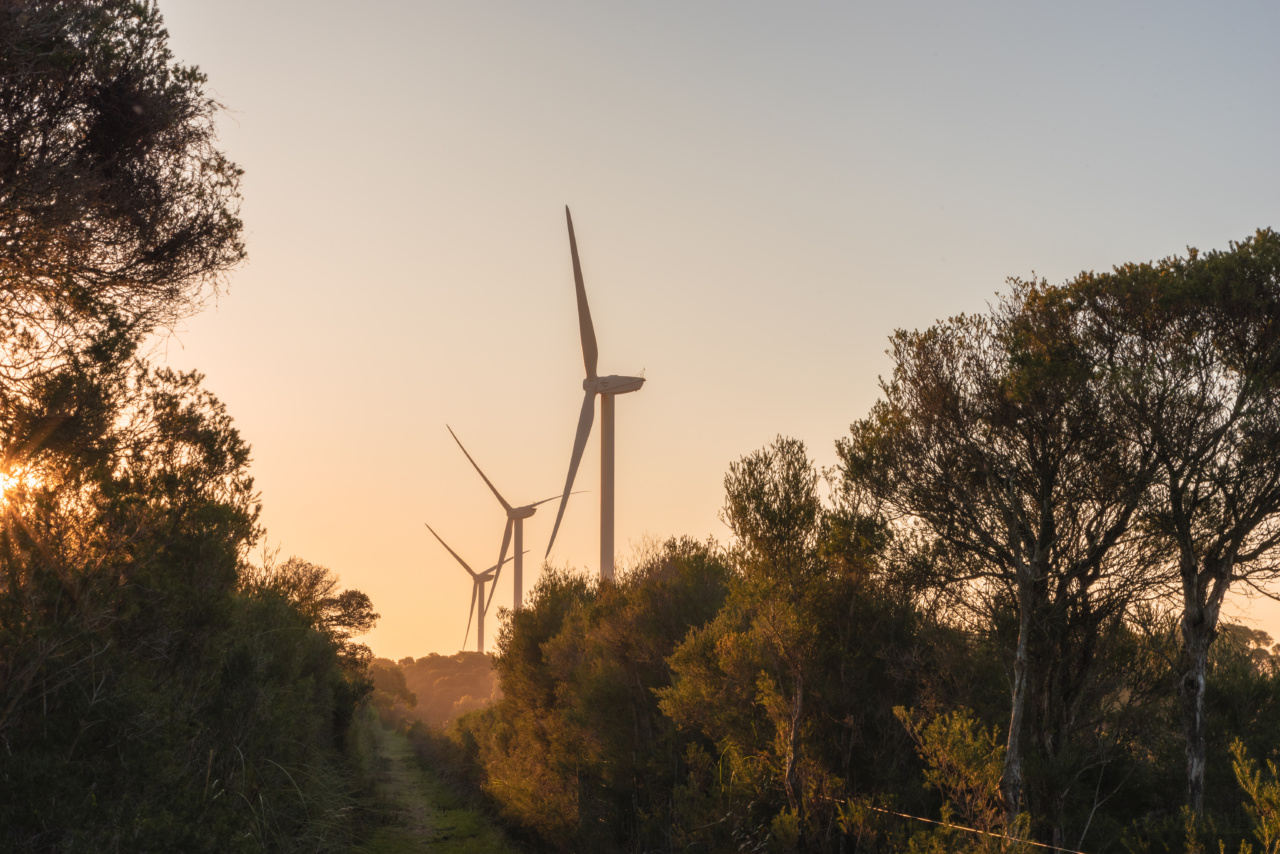Intergenerational healing refers to the process of uncovering, acknowledging, and resolving ancestral trauma and patterns of dysfunction that have been passed down through generations.
This form of healing recognizes that the experiences and emotions of our ancestors can have a profound impact on our own lives, both consciously and unconsciously.
Understanding the power of intergenerational healing requires us to recognize that our family history goes beyond the superficial narratives and stories passed down to us.
It involves delving into the depths of our ancestral lineage to explore the unspoken truths, repressed emotions, and unresolved wounds that have shaped the trajectory of our family’s story.
The Transmission of Ancestral Trauma
Throughout history, human beings have experienced various forms of trauma, whether it be war, famine, displacement, or persecution.
These traumatic events create a ripple effect that extends far beyond the immediate generation, leaving traces of pain and suffering within the collective consciousness of a family lineage.
Research in the field of epigenetics has shed light on how trauma can be inherited through changes in gene expression.
Studies have shown that traumatic experiences can leave lasting marks on our DNA, altering the way certain genes are activated or deactivated. These changes can then be passed down to subsequent generations, affecting their physical and mental well-being.
Additionally, our ancestors’ unresolved emotions and unfinished business can imprint themselves energetically within the family system.
This can manifest as recurring patterns of dysfunction, such as addiction, abuse, or chronic illness, that seem to be passed down from one generation to the next.
Breaking the Cycle
Intergenerational healing offers us a chance to break free from these patterns and create a new legacy for ourselves and future generations.
By bringing awareness to the hidden wounds of our ancestors, we can begin the process of healing and transforming the collective narrative of our family.
One powerful tool in intergenerational healing is the exploration and understanding of our family history.
By researching our lineage, talking to older family members, and uncovering forgotten stories, we can start to piece together the puzzle of our ancestors’ lives. This process allows us to understand the context in which our family’s trauma and dysfunction emerged, bringing compassion and empathy to their experiences.
It is important to recognize that intergenerational healing is not about blaming or shaming our ancestors, but rather about acknowledging their pain and finding forgiveness.
By accepting that our ancestors were human beings who faced their own struggles and limitations, we can release the grip of resentment and anger that may have been passed on to us.
Another powerful aspect of intergenerational healing is the concept of ancestral reverence. By honoring our ancestors through rituals, ceremonies, or simply acknowledging their presence, we can create a sacred space for healing to occur.
This practice allows us to tap into the wisdom and guidance of those who came before us, while also providing a platform for forgiveness and healing.
The Ripple Effect
When we embark on the journey of intergenerational healing, we not only heal ourselves but also create a ripple effect of healing that extends to future generations.
By resolving our own inherited trauma, we prevent its transmission to our children and grandchildren, creating a healthier and more empowered lineage.
This healing journey also has wider implications for society as a whole. As we heal our ancestral wounds, we contribute to the collective healing of humanity.
By breaking free from the shackles of intergenerational trauma, we pave the way for a more compassionate, conscious, and interconnected world.
Intergenerational healing is a deeply personal and transformative process. It requires courage, self-reflection, and a willingness to confront the shadows of our family history. However, the rewards are immeasurable.
By embracing our ancestral legacy and taking the necessary steps to heal, we have the power to transcend the limitations of the past and create a brighter future for ourselves and generations to come.





























